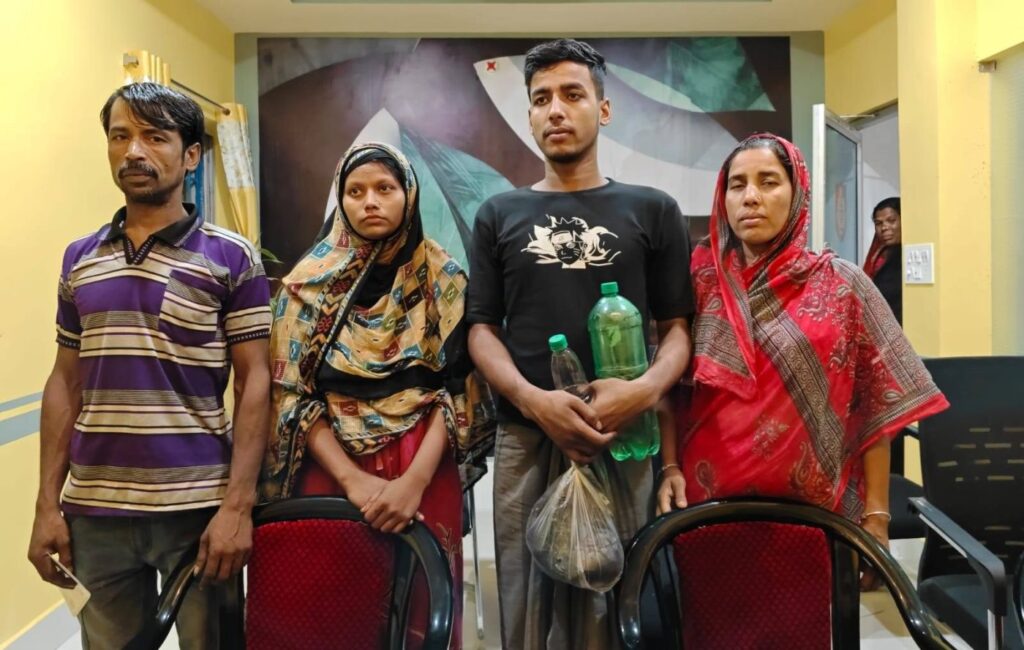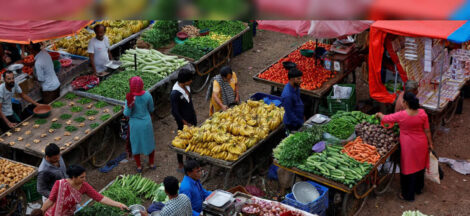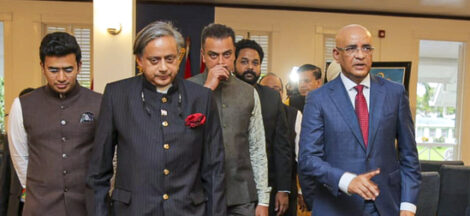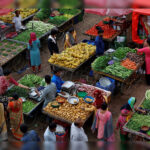Bangladesh has reaffirmed its policy that construction of religious structures on public land is categorically prohibited, a stance reiterated by the Foreign Ministry following criticism from India over the removal of a Durga mandap in Dhaka’s Khilkhet district.
The ministry clarified that the structure in question was built without authorisation on railway land, and its eviction on 26 June was part of routine land recovery procedures overseen by Bangladesh Railways. Government officials emphasised that though the site was employed in October 2024 during Durga Puja ceremonies, its organisers failed to dismantle it as agreed, prompting the authorities to act after issuing repeated notices.
External Affairs Ministry spokesperson Randhir Jaiswal said India was “dismayed” by the event, alleging that the interim Bangladesh government, led by Muhammad Yunus, effectively allowed extremists to influence the demolition and failed to safeguard Hindu places of worship. The removal, he added, resulted in damage to the deity before it could be relocated safely.
In response, Dhaka’s Foreign Ministry upheld that protecting worship sites remains a core commitment of the state, but stressed that unauthorised structures may not occupy public property under any conditions. It noted that the site also housed commercial stalls and political offices illegally on railway land, which needed to be cleared for an ongoing rail infrastructure programme involving additional tracks.
The ministry described the action as a “peaceful eviction”, undertaken after consultation with local Hindu community leaders. During this process, the Durga idol was reverently immersed in the adjacent Balu River, with religious ceremony observed by community members.
India’s criticism reflects broader regional sensitivities. Since the ascent of Yunus’s interim administration following Sheikh Hasina’s departure in August 2024, bilateral ties have encountered turbulence. Modi himself urged Yunus during a summit earlier this year to avoid divisive rhetoric and to address concerns about the protection of minority groups. New Delhi has also accused Dhaka of neglecting its Hindu population, drawing attention to a surge of anti-Hindu violence documented between August and December 2024, including hundreds of attacks on minority properties and places of worship.
Dhaka counters that many such reports are politically driven, and emphasises legal action it has taken—such as arrests following violence during the 2024 non-cooperation protests—to maintain communal harmony. The government highlights that mandap removals, idol immersions and land recovery are administrative processes, not acts of religious targeting.
Local minority advocacy groups and Hindu organisations, however, assert that notification prior to the eviction was inadequate. Community leaders argue that the mandap had significant religious relevance and that a temporary judicial reprieve might have been warranted. These groups have requested greater engagement from authorities to prevent unilateral actions that exacerbate communal tensions.
As Bangladesh prepares for parliamentary elections later this year, both the management of public land and the rights of minority communities are likely to remain sensitive political issues. The area in question is earmarked for expansion of dual-gauge tracks between Dhaka, Tongi and Joydebpur, a project seen as vital to enhancing transport connectivity.
India’s intervention highlights the importance New Delhi places on safeguarding Hindu institutions in Bangladesh, a stance consistent with its broader diplomatic narrative on regional minorities. Dhaka, in turn, is seeking to balance the enforcement of domestic infrastructure laws with assurances of religious freedom and protection.
This incident underscores the delicate interface between governance, development priorities and interfaith stewardship. As both governments monitor fallout from the eviction, the challenge lies in ensuring that legal frameworks for public land are respected without compromising religious pluralism and bilateral trust.




 India Pushes Back on China’s Economic Coercion
India Pushes Back on China’s Economic Coercion 